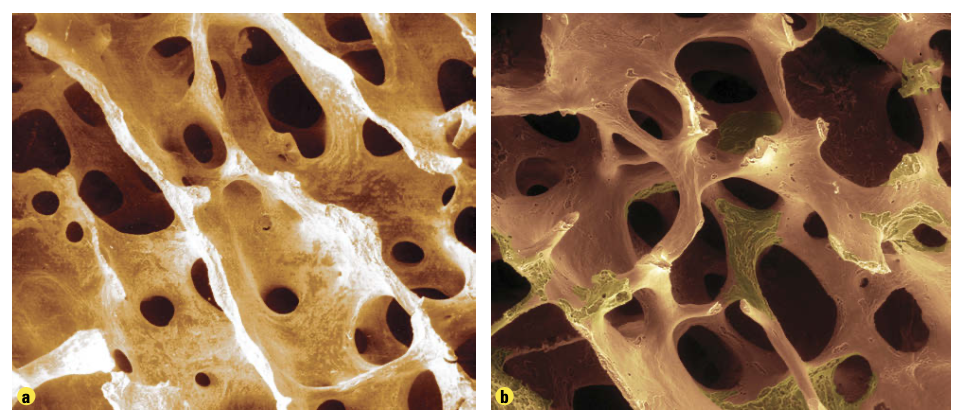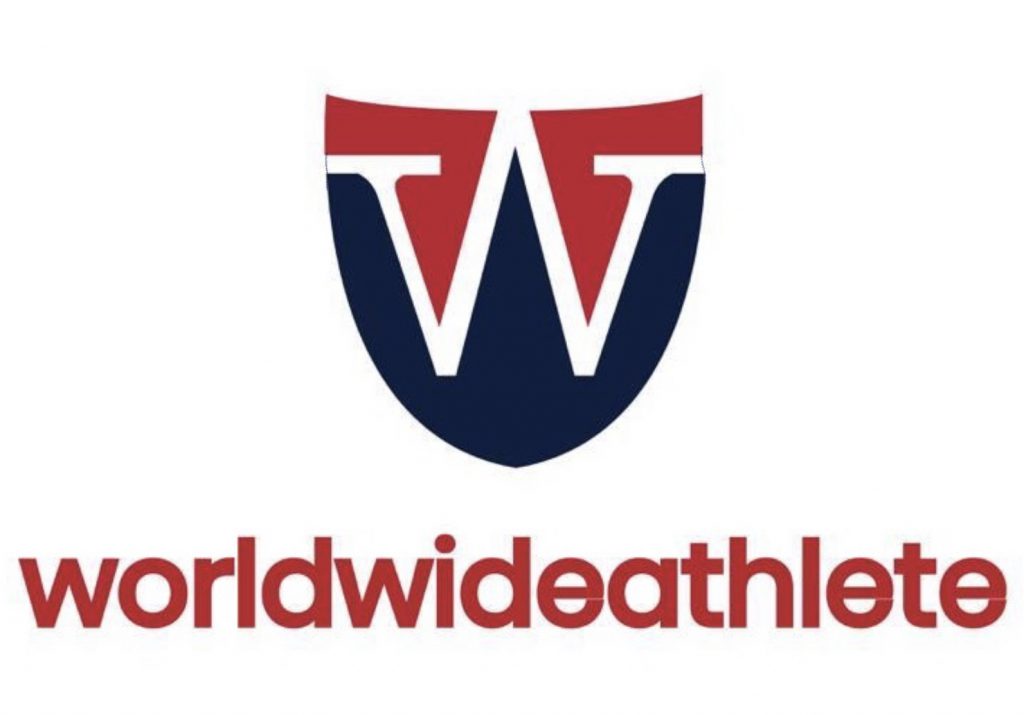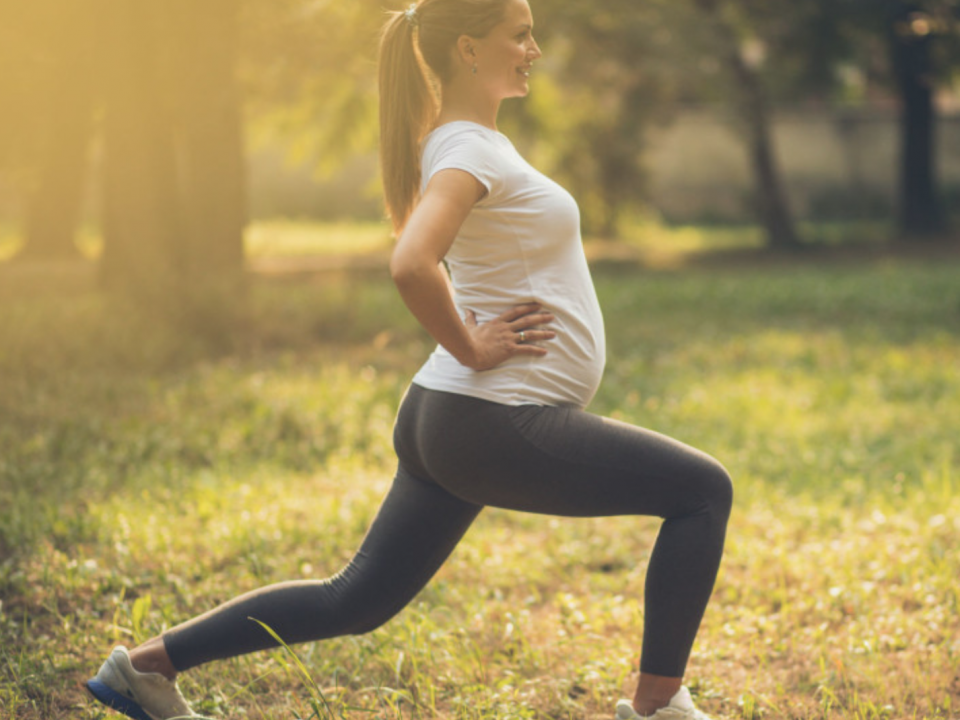Older populations training

Benefits of strength training for females
May 30, 2020OLDER POPULATIONS TRAINING
The aging process is associated with undesirable but normal changes in muscular, cardiovascular and nervous systems that contribute to reduced physical function and number of debilitating health issues. The well- documented loss of bone and muscle with age not only makes activities of daily lives such as getting out of a chair and opening a window more difficult, but also increases the risk for falls, fractures, and long-term disability. Bones become fragile with age because of a decrease in bone mineral content that causes an increase in bone porosity. The bone mineral content and microarchitecture of bone can deteriorate to such an extent that the risk of bone fracture, especially of the hip, spine, or wrist during a fall, is increased.
MAJOR AGE-RELATED CHANGES IN MUSCULOSKELETAL HEALTH STATUS
• Losses in muscle mass, which are largely attributable to physical inactivity, are directly responsible for loss of muscular strength and power.
This phenomenon is termed sarcopenia.
Computed tomography has revealed that already after age of 30 there is a gradual decrease in the cross-sectional areas of individual muscles, along with decrease in muscle density, reductions in tendon compliance, and an increase in intramuscular fat as a reason of inactive aging.
After age of 50, muscle loss increases and averages between 5% to 10% per decade!
• Decreasing bone mineral density is linked to losses in muscle mass.
Here changes are even more pronounced. After age of 50, bone loss values are between 10 % to 30% per decade. Osteopenia and osteoporosis are conditions that are serious concerns for older people, particularly women, as they increase the risk of skeletal fracture and poor bone health.
The slow but progressive loss of bone with age has been linked to physical inactivity and to hormonal, nutritional, mechanical and genetic factors.

• Metabolic rate drops between 2% to 3 % per decade, which leads to fat gains and related health issues.
• Changes in cardiorespiratory system lead to decreased aerobic capacity and cardiovascular function, as well as increased risk of coronary disease.
RESISTANCE TRAINING IS SAFE AND HIGHLY EFFECTIVE IN REVERSING THE MUSCLE AND
BONE LOSSES AND METABOLIC DECLINE THAT ACCOMPANY INACTIVE AGING,
AS WELL AS IMPROVING FUNCTIONAL ABILITIES.
Resistance training has been shown to enhance the physical function and reduce the risk of many medical conditions by increasing muscle mass and strength, increasing resting energy expenditure, decreasing body fat, resisting type 2 diabetes, reducing resting blood pressure, improving cardiovascular health, increasing BMD (Bone Mineral Density), enhancing mental and emotional health, and reversing specific aging factors.
The table below shows the effects of resistance training on a number of physical or physiological variables.

References
- NSCA Essentials of Training Special Populations. National Strength and Conditioning Association. Patrick L. Jacobs, Phd, CSCS*D, FNSCA. Human Kinetics, 2016
- Essentials of Strength and Conditioning 4th Edition. Strength and Conditioning Association. G. Gregory Haff, CSCS, *D, FNSCA; N. Travis Triplett, Phd, CSCS, *D, FNSCA; Human Kinetics
- The Strength and Conditioning Professional’s Role in Preventing falls of older adults. Jeffrey
Alexander, Phd, FAACVPR - Resistance Training Preserves Physical Function of Older Adults- Implications for Strength and
Conditioning Professionals. Victor Tringali, CSCS, *D - Strength training for the older client- a blueprint for program design. Robert Linkul, MS, CSCS, *D,
NSCA-CPT, *D, RCPT, *D, FNSCA.






6 Comments
Like!! I blog frequently and I really thank you for your content. The article has truly peaked my interest.
Thank you so much for your kind comment! We hope to provide more content of your interest in the future ?
Good post! We will be linking to this great post on our website. Keep up the great writing.
Pretty great post. I just stumbled upon your blog and wanted to say that I’ve really
enjoyed surfing around your blog posts.
In any case I will be subscribing in your rss feed and I’m hoping you
write once more soon!
Have you ever considered creating an e-book or guest authoring on other blogs?
I have a blog based upon on the same topics you discuss and would really like to have you
share some stories/information. I know my visitors would
value your work. If you’re even remotely interested, feel free
to send me an e mail.
I could not resist commenting. Very well written! articles. https://freejobshome6.werite.net/post/2020/10/30/Making-More-With-the-Latest-Technology-News